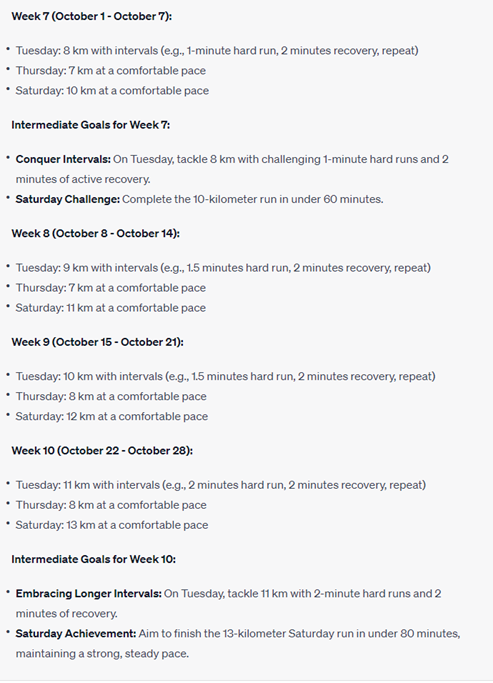

The Jumbotron. One of the most memorable features of American stadiums is slowly becoming a staple for the future of fan experience. But the giant screen that once defined game day is no longer the only centerpiece. With the grand opening of the LA Rams new stadium, SoFi, we got a glimpse of what live sports viewing could become through the use of targeted AR.
To bring this to life, the Rams partnered with ARound, a next-gen fan engagement platform, and Genius Sports, a firm tasked with the delivery of data-driven implementation (TheRams.com, 2023; Genius Sports, 2022). Together, they introduced a stadium-wide AR experience that allows fans to use their phone to see synchronized 3D effects layered directly over the field. Furthermore, interactive audience activities like “It’s Raining Miles” and “Money Grab!” featuring virtual piggy banks and blimps that reinforce game downtime with something engaging (SOFI Stadium: AR Fan Engagement, 2023).
But that’s not all. When a touchdown happens, the visuals don’t just appear on phone, they expand onto SoFi’s Infinity Screen, a massive oval videoboard hanging over the field. 3D animations erupt in sync with the game, blending AR entertainment with the real-time drama of American Football.
Although measuring the success of this has been inconclusive thus far, it falls without doubt that both managerial and audience parties have experienced great benefits. Outside brands have been shown to jump on board. In one Princess Cruises activation, the field was transformed into a rolling ocean, immersing fans in a scene that went far beyond a standard jumbotron ad (TheRams.com, 2023b). Further campaigns have included Uber Eats contests and engaging Snapchat AR effects like snowball fights or virtual uniforms that fans can wear in their selfies.
Nevertheless, I believe that there are some challenged that come with this. If such tools are overimplemented, a disconnect may start forming between the actual sport and the live experience. Additionally, it is unclear whether such technological approached can be replicated in sports with less downtime like traditional. Thus, the real test will be whether AR can enhance the magic of live sports without overshadowing the game itself.
Genius Sports. (n.d.). LA Rams deliver immersive experience for fans inside SoFi Stadium | Customer Story | Genius Sports. https://www.geniussports.com/customer-stories/la-rams-deliver-immersive-experience/
SOFI Stadium: AR fan engagement. (n.d.). Pretty Big Monster. https://prettybigmonster.com/projects/sofi-stadium/
TheRams.com. (2023a, February 28). Rams and ARound introduce the next generation of stadium augmented reality sponsored by SoFi. LA Rams. https://www.therams.com/news/rams-around-stadium-augmented-reality-sponsored-by-sofi
TheRams.com. (2023b, August 3). Princess Cruises, Los Angeles’ hometown cruise line, named official cruise vacation partner of Los Angeles Rams. LA Rams. https://www.therams.com/news/princess-cruises-los-angeles-hometown-cruise-line-official-cruise-vacation











